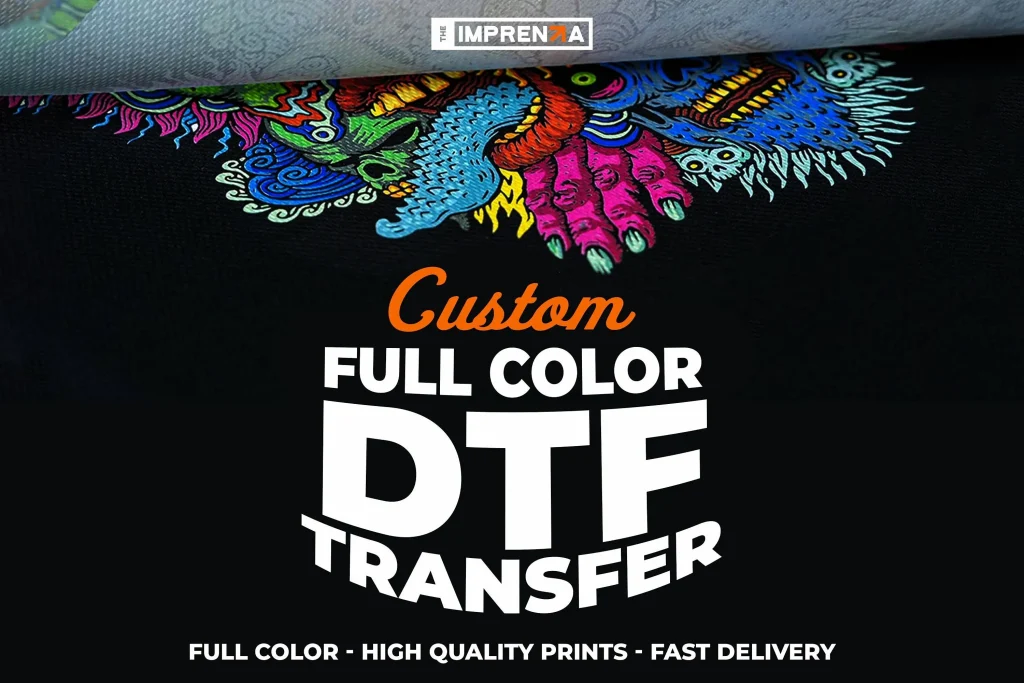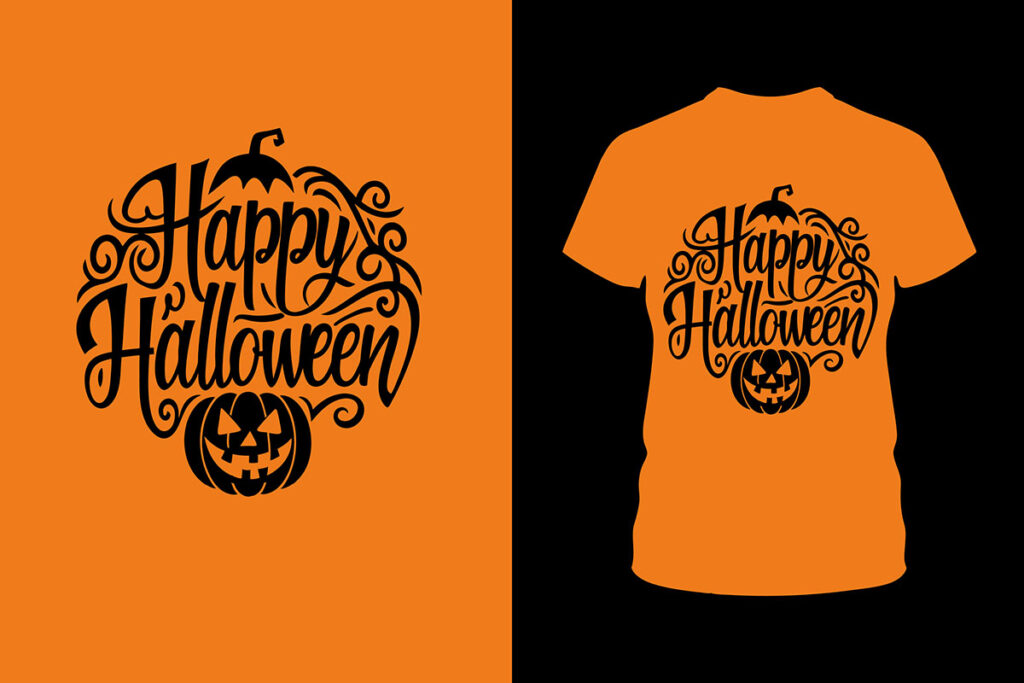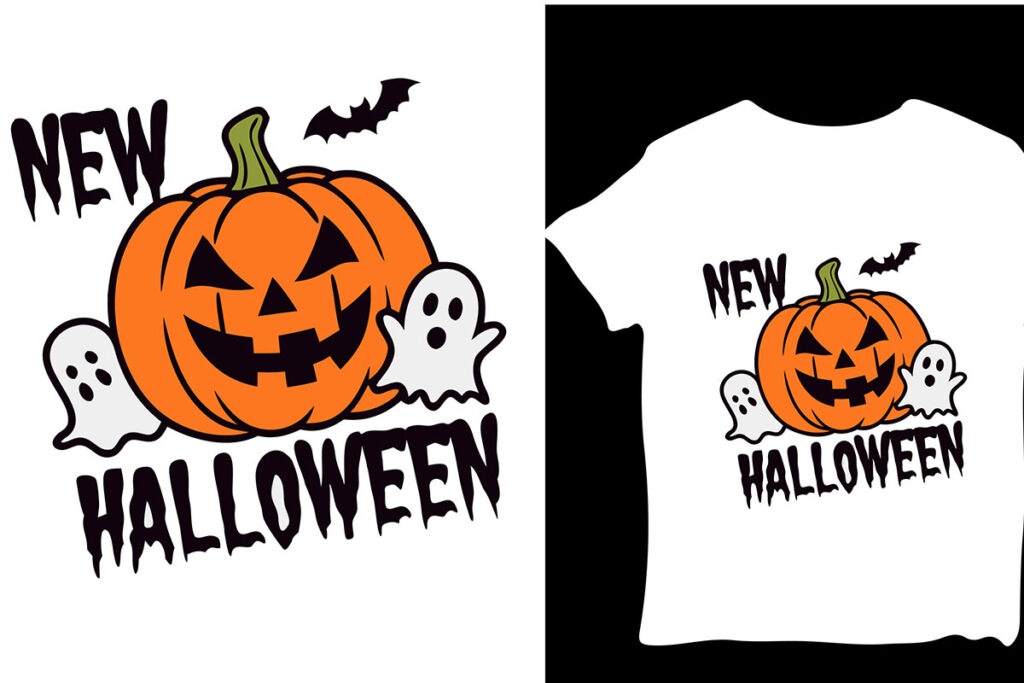In today’s vibrant garment printing landscape, DTF transfers stand out as a revolutionary technique that every designer should consider. Direct-to-Film (DTF) printing not only enhances the visual appeal of apparel but also offers remarkable customization opportunities that cater to individual tastes. By harnessing the numerous benefits of DTF transfers, brands can engage with their audience in ways that traditional methods simply cannot match. This innovative approach combines high-quality output with cost-effectiveness, making it an attractive option for both large enterprises and small businesses alike. As we delve deeper into the advantages of DTF printing, you’ll discover why this sustainable printing method is quickly becoming the go-to solution in custom garment printing.
As we explore the realm of garment decoration, Direct-to-Film (DTF) technologies present an exciting alternative to conventional printing methods. This advanced technique allows for high-definition designs to be applied to a variety of fabrics with ease, making it perfect for custom designs and promotional products. The versatility of this method not only embraces the latest trends but also offers significant advantages in sustainability through reduced waste. By leveraging the potential of DTF prints, businesses can enhance their product offerings while catering to the growing demand for personalized and eco-friendly apparel solutions. In this article, we will highlight the key benefits of adopting DTF printing, showcasing why it is an essential component of modern textile innovation.
Exploring DTF Transfers: A Game-Changer in Printing
Direct-to-Film (DTF) transfers represent one of the most innovative approaches in the garment printing arena. By allowing intricate designs to be printed on a specialized film that can adhere to various fabrics, DTF technology opens up a world of creative possibilities for designers. Unlike traditional methods that limit design complexity and fabric compatibility, DTF empowers creators to push the boundaries of their artistic expression. This flexibility not only increases the appeal of the garments but also caters to a wider audience looking for unique, customized apparel.
Furthermore, DTF transfers extend beyond just aesthetic enhancement; they integrate efficiently into the production line. With swift setup processes and minimal downtime, the DTF method reduces bottlenecks that often plague conventional printing techniques. This efficiency not only benefits manufacturers through reduced operational costs but also enables quicker service for customers seeking customized designs. Companies adopting DTF technology position themselves to meet market demands more effectively while delivering high-quality products.
The versatility of DTF transfers makes them suitable across various industries, from fashion to promotional merchandise. With their capability to print on both cotton and synthetic blends, the application potential is vast, allowing businesses to cater to diverse markets. As brands strive for uniqueness and personalization in their offerings, DTF provides a powerful tool to make their visions a reality.
Moreover, the rising trend of e-commerce and online customizations has made DTF even more relevant today. Businesses can quickly respond to consumer preferences for personalized items without the extensive resources needed for traditional printing methods. This adaptability positions DTF as a leading choice for brands eager to stay at the forefront of the garment printing revolution.
The Outstanding Print Quality of DTF Technology
One of the cornerstones of DTF printing is its ability to produce exceptionally high-quality prints. The vibrant colors and sharp details achieved through DTF technology set a new standard in garment design. Unlike screen printing, which can sometimes lead to a limited color palette and less intricate designs, DTF allows for a wider spectrum of colors and precision. This capability not only attracts attention but also enhances overall customer satisfaction, making garments more desirable in a competitive market.
Additionally, DTF prints maintain a soft hand feel, ensuring that the final product is as comfortable as it is visually appealing. Wearers appreciate the lightweight nature of DTF transfers compared to other bulkier print methods, allowing for maximum wearability. This tactile quality aligns with consumer preferences for both style and comfort, further solidifying the advantages of DTF technology in the custom garment printing landscape.
Cost-Effectiveness of DTF Transfers for Small Businesses
Cost efficiency is a pivotal concern for small businesses and individual designers, and this is where DTF transfers shine. Unlike traditional screen printing methods that often require extensive setup, large minimum orders, and considerable financial investment, DTF printing democratizes quality printing. With DTF, designers can produce smaller batches without incurring high startup costs, making it accessible for startups or those just entering the custom printing market.
Furthermore, the reduction in wastage associated with DTF printing significantly lowers the overall cost of production. Since DTF allows for on-demand printing, businesses can produce garments based on actual customer demand rather than large inventories that risk excess stock. This not only conserves resources but also enables brands to offer fresh styles more frequently, keeping their collections dynamic and appealing to consumers.
Quick Turnaround Times: A Competitive Advantage with DTF
In the fast-paced world of fashion and apparel, quick turnaround times can be crucial in meeting market demands and gaining a competitive edge. DTF transfers excel in this area, allowing for rapid design preparation and printing processes. Brands can produce custom apparel in record time, ensuring that they can respond to trends and consumer requests swiftly. This agility not only enhances customer satisfaction but builds a brand’s reputation for reliability and innovation.
The streamlined production flow of DTF transfers results in shorter timelines from design to delivery. Businesses benefit from reduced lead times, which can greatly enhance their capabilities to execute promotions or seasonal collections. The ability to quickly pivot and launch new designs not only keeps a business relevant but also strengthens relationships with customers, as they are more likely to return to brands that consistently meet their needs and expectations.
Sustainability: How DTF Transfers Align with Eco-Conscious Printing
As the garment printing industry moves towards sustainable practices, DTF transfers offer an eco-friendly alternative to traditional methods. The reduced ink consumption associated with DTF printing translates directly into lower waste, appealing to brands and consumers alike who prioritize environmental responsibility. On-demand printing minimizes surplus inventory, reducing the overall ecological footprint and aligning brand practices with a growing consumer preference for sustainability.
Moreover, the versatility of DTF printing means brands can choose to work with sustainable materials, enhancing their commitment to environmentally friendly practices further. This alignment with eco-conscious values not only attracts like-minded customers but also sets the stage for positive brand perception in an increasingly eco-aware market. By embracing DTF technology, businesses demonstrate a proactive approach to sustainability, gaining favor among eco-conscious consumers.
Frequently Asked Questions
What are the key benefits of DTF transfers in garment printing?
DTF transfers offer a range of benefits including high-quality prints with vibrant colors, compatibility with various fabrics, cost-effectiveness for small production runs, quick production times, and sustainability through reduced waste. These advantages make DTF printing an excellent choice for custom garment printing.
How do DTF transfers compare to traditional screen printing methods?
DTF transfers surpass traditional screen printing methods by providing better detail retention and color vibrancy. They also eliminate the high setup costs and minimum order requirements typically associated with screen printing, making them more accessible for brands and individual designers.
Can DTF printing be considered a sustainable printing method?
Yes, DTF printing is regarded as a sustainable printing method. It requires less ink, reducing waste significantly, and supports on-demand production, minimizing the risks associated with unsold inventory. This approach resonates well with environmentally conscious consumers.
What materials can be used with DTF transfers for customized prints?
DTF transfers are highly versatile and can be applied to a wide range of materials including cotton, polyester, and various fabric blends. This flexibility allows for effective custom garment printing catering to diverse customer preferences.
How fast can businesses expect to produce DTF printed garments?
The DTF transfer process enables quicker production times compared to traditional printing methods. This efficiency helps businesses meet customer demands rapidly, improving turnaround times and potential sales.
Why should brands integrate DTF technology into their production processes?
Brands should consider integrating DTF technology due to its numerous advantages: exceptional print quality, cost efficiency, quick turnaround, and sustainability. Embracing DTF transfers can elevate design offerings, attract new customers, and keep companies competitive in the evolving garment printing industry.
| Key Benefits of DTF Transfers | |
|---|---|
| Wide Range of Applications | Compatible with various fabrics such as cotton, polyester, and blends. |
| High-Quality Print | Produces vibrant colors with excellent detail retention and a soft texture. |
| Cost-Efficiency | Lower setup costs compared to traditional screen printing, making it accessible for small businesses. |
| Quick Turnaround | Faster production times allow brands to meet customer demands more effectively. |
| Sustainability and Less Waste | Uses less ink and enables on-demand production, reducing waste. |
Summary
DTF Transfers represent a significant advancement in the garment printing industry, offering numerous benefits that are essential for modern apparel production. This innovative printing technique caters to diverse needs with its wide range of applications and exceptional print quality. By being cost-effective and providing quick turnaround times, DTF Transfers empower businesses, especially smaller brands, to remain competitive in a rapidly evolving market. Furthermore, the sustainability aspect of DTF Transfers aligns with consumer values, making it an appealing choice for eco-conscious brands. As companies continue to recognize the advantages of DTF technology, embracing it can set a business apart in terms of quality and creativity.



